Choosing the right exterior color can directly affect the success of your restaurant. Consumers judge a restaurant based on food, service, price and atmosphere, according to Frisch Eleanor of Food Service Warehouse. Even if a restaurant offers delicious food and exceptional service at a reasonable price, the International Association of Color Consultants warned that rival restaurant with Exterior more interesting can the outer edge of competition.
Colors to Avoid
The design of the restaurant is not just a matter of aesthetics, is also one of instinct. Both the eye and the stomach should be invited by the color scheme. There are many wonderful choices color scheme featuring blues, purple and black, but certain colors are not a good idea when approaching the restaurant exterior design. Frisch of FSW confirms that the three colors are tempting. As a result, a restaurant with a color scheme of blue, purple or black are less likely to succeed than one using another color. An intricate color, or lack of color as the case may be, white. When using white does not mean cleanliness, not inspiring. Frisch prove that if you use too much white, the color scheme you will appear monotonous and boring.
The best colors to use for casual Restaurant Exterior
Frisch uses the example of a successful fast food franchises to explain that the red and yellow colors stimulate appetite. In particular, these colors attract primal food craving. They are very handy for restaurants that provide food that can be considered guilty treat. Bright red and yellow also implies fast dining experience. To attract people to eat lunch, or to provoke an instinctive desire, use red and yellow to make your restaurant is hard to resist.
Colors to Avoid
The design of the restaurant is not just a matter of aesthetics, is also one of instinct. Both the eye and the stomach should be invited by the color scheme. There are many wonderful choices color scheme featuring blues, purple and black, but certain colors are not a good idea when approaching the restaurant exterior design. Frisch of FSW confirms that the three colors are tempting. As a result, a restaurant with a color scheme of blue, purple or black are less likely to succeed than one using another color. An intricate color, or lack of color as the case may be, white. When using white does not mean cleanliness, not inspiring. Frisch prove that if you use too much white, the color scheme you will appear monotonous and boring.
The best colors to use for casual Restaurant Exterior
Frisch uses the example of a successful fast food franchises to explain that the red and yellow colors stimulate appetite. In particular, these colors attract primal food craving. They are very handy for restaurants that provide food that can be considered guilty treat. Bright red and yellow also implies fast dining experience. To attract people to eat lunch, or to provoke an instinctive desire, use red and yellow to make your restaurant is hard to resist.
Bright colors less implies a casual dining experience and can lend your restaurant Exterior elegant feeling, Frisch said. Choosing not maroon red bow frenetic feeling of color, which creates a more comfortable feeling slow paced for the restaurant. Dark brown and forest green in your restaurant Exterior is another option that implies a mature atmosphere, with the added benefit of subconscious represents freshness and closeness to nature.
Consistency is the key
While the use of color can be effective, be careful about throwing too much color. Combining bright colors, such as canary yellow and red cherry, with nuances of the Cape, such as burnt orange and green stink, confusing to the eye. Confusion is the taste and can hurt the restaurant business. Use white enough to make the other colors stand out. Most importantly, repeat exterior colors in the logo and other design elements. Not only is it more interesting, but also more berkesan.berikut example the famous restaurant outside view
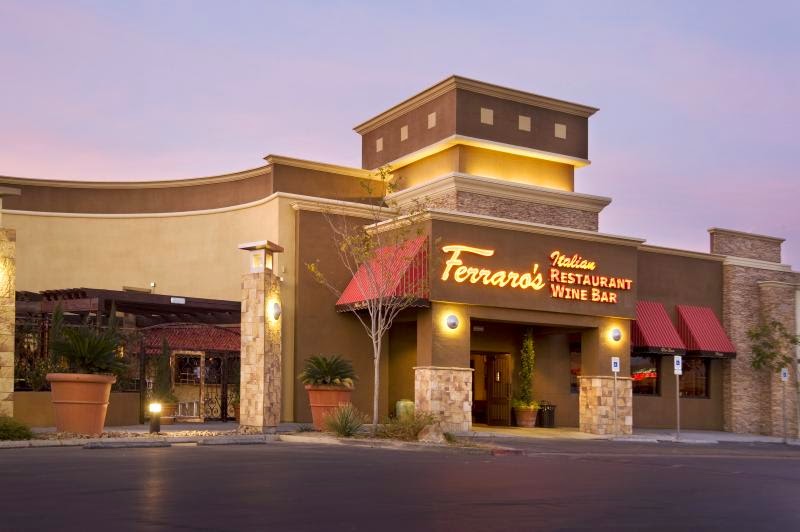 |
| Italian restaurant exterior design |
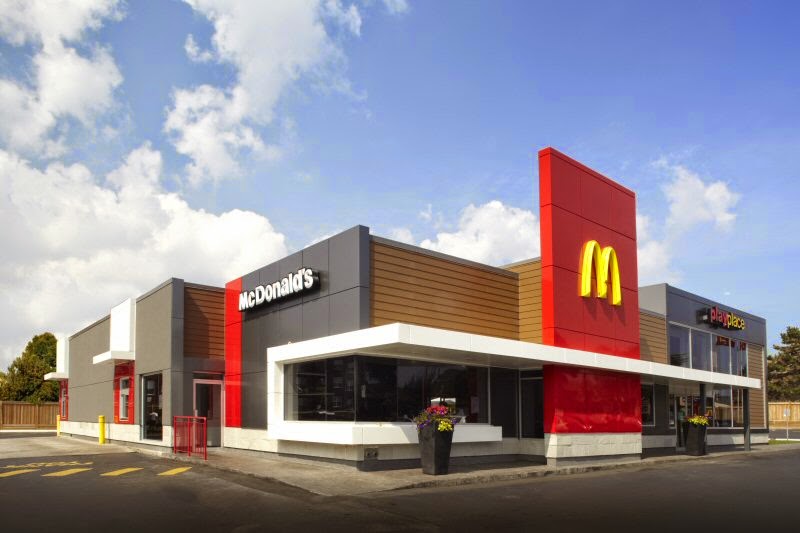 |
| mcdonald restaurant exterior design |
 |
| modern exterior design restaurant of Mexico |
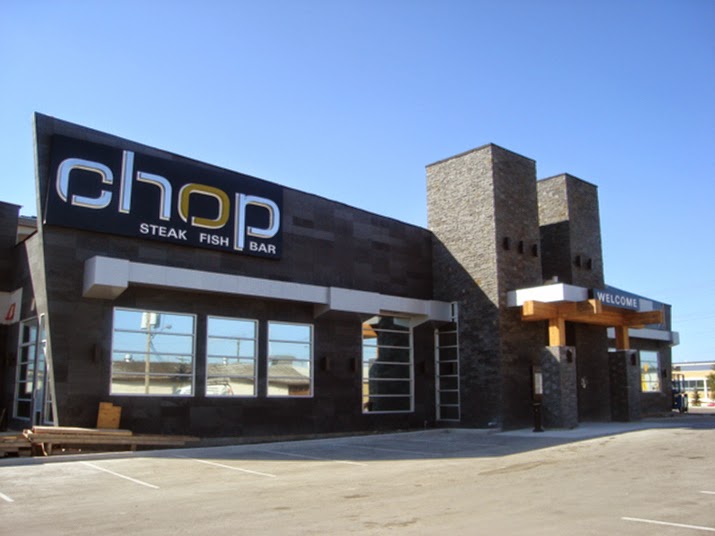 |
| modern exterior design wonderful restaurant |
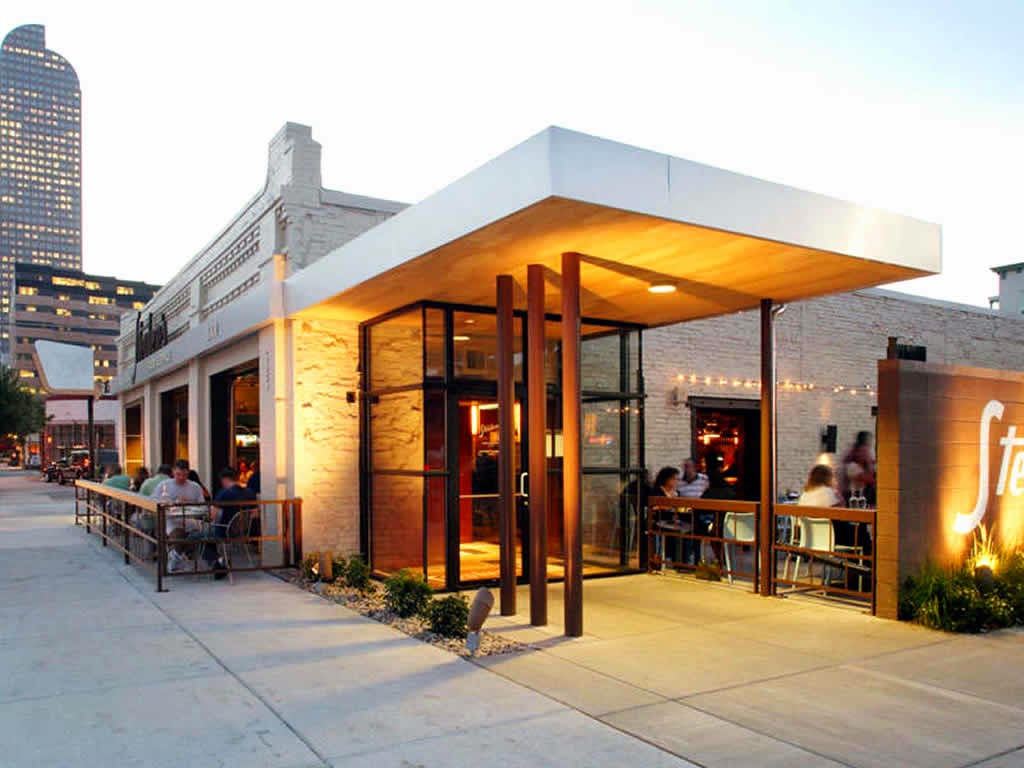 |
| restaurant exterior design modren |
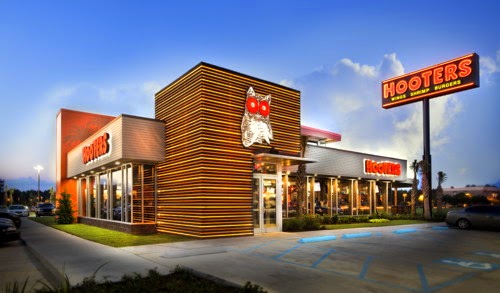 |
| restaurant famous modern exterior design |
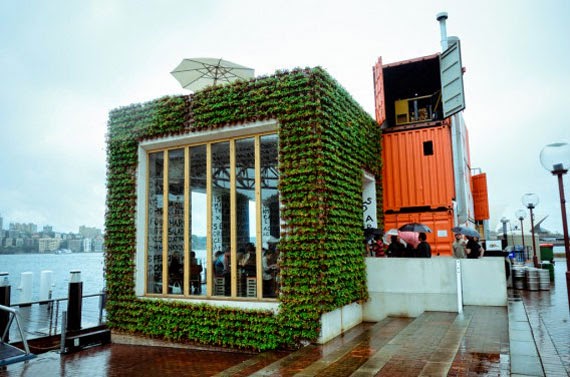 |
| restaurant modern exterior design beautifulselection of colors and shapes exterior restaurant famous restaurant |




